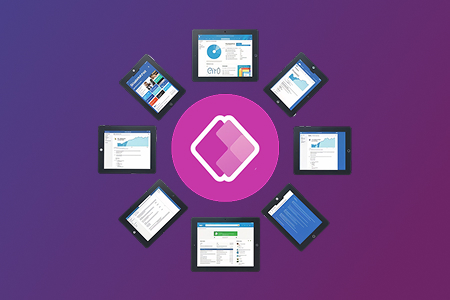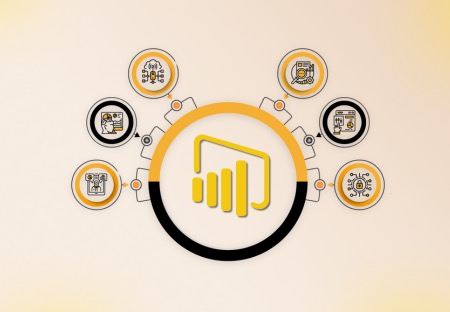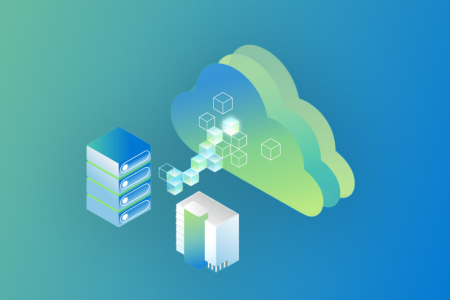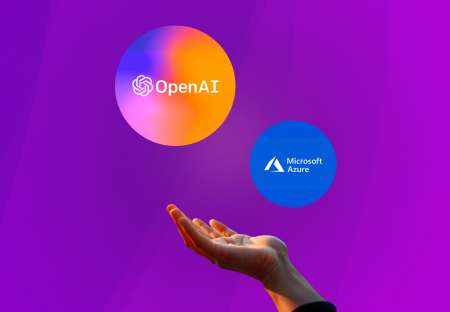The development industry is constantly looking for new methods to streamline the development process as technology advances. This gave rise to DevOps and, later on, DevTestOps as a robust methodology. Worldwide, people have been using Continuous Testing and DevOps to execute Agile for over a decade. The tool enables teams to automate all recurring actions in development and operations.
Continuous Testing at each stage of the development process to the DevOps framework was a novel idea that led to the creation of the DevTestOps concept. DevTestOps integrates the testing phase into the operations phase, ensuring that quality input is always prioritized alongside other Development and Operations-related activities. Let’s get more in-depth to understand how integrating it aids in building better products.
DevTestOps: A Valuable Overview
Before we go ahead, let’s know about DevTestOps in detail. DevTestOps” describes a hybrid practice that combines DevOps with Continuous Testing. We do testing at several points in the software delivery process, starting with unit testing.
DevTestOps emphasizes the importance of the tester alongside the Ops experts throughout the product development process. Integrating the Continuous Testing framework into the CI/CD pipeline is a crucial tenet of DevTestOps. It places a premium on providing consistent input to developers from testing across all phases of product development to lessen business risk and the likelihood of later discovering faults.
All members of a cross-functional Agile team in the Agile testing and development approaches have equal responsibility for the product’s quality and the project’s overall success.
Therefore, team members whose primary skills may lie in programming, business analysis, and database or system operation all contribute to the Continuous Testing phase of an agile project, not simply dedicated testers or quality assurance specialists.
Working of DevTestOps with Continuous Testing
The DevTestOps workflow is divided into steps. These are the stages:
Plan: At this stage, you specify product specifics and cross-check to ensure everything is market ready.
Create: At this stage, you build the program and submit it to the repository, run unit tests, and if there are no errors, the program becomes the codebase. Before proceeding to the next level, you can make any necessary changes (suggestions or improvements).
Testing: You will execute and analyse all test cases during this step. You can continue to change and test the software before delivering it and declaring it ready for deployment.
Release: You deploy the product and test any further textual modifications before they are included in the source.
Monitor: You regularly monitor the product for comments and issues, which are instantly addressed and updated.
How can we integrate DevOps and TestOps to get started?
While many companies have adopted DevOps, they often ship software with serious flaws. Here are some suggestions for transitioning to DevTestOps to lessen the number of errors in your code.
Integrate continuous testing into your DevOps strategy or roadmap
There is a substantial cultural overlap between DevOps and DevTestOps, with the addition of constant testing in the latter. For faster feedback on software changes, testers should join the DevOps team.
Make a DevTestOps toolchain
A toolchain that contains all the necessary software for executing DevTestOps. Jira, Kubernetes, Selenium, GitHub, Jenkins, and many others may all be part of your toolchain. You may improve team collaboration by giving each one specific responsibility inside these platforms.
Put the tools to use in your company
After establishing the necessary tools and procedures for software development, you’ll need to train your teams to use them effectively. If each group were to add testing responsibilities, it would lead to increased communication and cooperation among the teams’ developers, testers, and operators, and might cause a dramatic shift in the company culture.
Apply Automation
Throughout the entire process, from the build to the deployment, we should use automation. All the programmers and testers can use this to their advantage.
Make Constant Improvements
Maintain a culture of continuous improvement by ensuring that your organization’s tools and procedures are always up to date with the latest industry standards and best practices.
Continuous Testing Practices for Successful DevTestOps to Build Better Products
Increase test automation: Do not just automate the test case; additionally, automate the repeated procedure. It saves a significant amount of time.
Tool integration: To make testing more effective, faster, and more accessible, we should carefully choose the instrument.
Transparent communication: All teams’ communication and comprehension should be highly effective. It reduces confusion and increases productivity.
Performance evaluation: It should play an essential role during the delivery cycle to minimize crashes caused by excessive user influx.
Perform Multilayer testing: During the delivery cycle, we should include all forms of testing, such as integration, API, GUI, and database testing, and we should automate most testing types.
Closing Remarks
When the testing team collaborates closely with the development team, and requests help with continuous release and deployment from the DevOps team, a faultless DevTestOps environment can be created. DevTestOps is the best option for any company that wants to speedily bring high-quality goods to market. If you are looking for help, Metaorange is here for the best service. Connect and get started!











